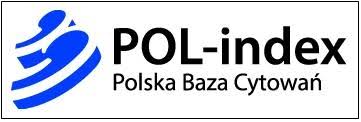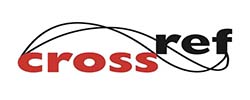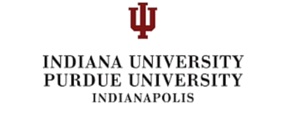Author: Lukyn M. Gedge, Iwona Hawryluk, Mary G. Skelly, Giulia Vilone
![]() DOI: 10.22161/ijeab.52.3
DOI: 10.22161/ijeab.52.3
Keyword: pesticide residues, cumulative exposure, CARES NG®, PDP, probabilistic modelling, chlorpyrifos
Abstract: Background: Several pesticides are currently available on the US market and used on different crops that enter into the human food chain or are used in consumer products, such as food and cigarettes. Some of these pesticides are classified as toxic or carcinogenic to humans. Additionally, little is known about the combined effects of concurrent exposure events. Hence, it is of paramount importance to develop ways to estimate the cumulative, i.e. multi-chemical, exposure to these substances. This study presents a novel approach to estimate the cumulative exposure of the US population to pesticide residues via two routes, foods and tobacco. Methods: Cumulative dietary exposure assessment was run using CARES NG® cloud-based software. Calculations were based on the National Health and Nutrition Examination Survey (NHANES) consumption surveys and incorporated the residue monitoring data from the Pesticide Data Program (PDP) database. A two-box model and smoking habits recorded in the NHANES survey were used to calculate the exposure to pesticide residues from smoking cigarettes. Results: The results of both models were combined to estimate the total aggregate and cumulative exposure. The outcomes show that although the exposure levels are well below the regulatory limits, the exposure among children is higher than among adult smokers on the 99th percentile level. Moreover, the exposure in the adult population is twice as high for smokers than non-smokers. Among the studied pesticides, chlorpyrifos is the pesticide with the highest exposure levels. Conclusions: The model described in this manuscript provides a new general framework, that can be used to assess the impact of a new pesticide on the population in a broader spectrum than the models typically used for such purpose. To our knowledge, it is the first model that combines the estimation of the pesticide exposure from the diet and smoking cigarettes.
| Total View: 1587 | Downloads: 699 | Page No: 261-274 |
Cite this Article:
MLA
Lukyn M. Gedge, Iwona Hawryluk, Mary G. Skelly, Giulia Vilone, P.(2020).Probabilistic modelling of exposure to pesticide residues in foods and tobacco. International Journal of Environment Agriculture and Biotechnology(ISSN: 2456-1878).5(2), 261-274.10.22161/ijeab.52.3
Lukyn M. Gedge, Iwona Hawryluk, Mary G. Skelly, Giulia Vilone, P.(2020).Probabilistic modelling of exposure to pesticide residues in foods and tobacco. International Journal of Environment Agriculture and Biotechnology(ISSN: 2456-1878).5(2), pp.261-274.
Lukyn M. Gedge, Iwona Hawryluk, Mary G. Skelly, Giulia Vilone. 2020."Probabilistic modelling of exposure to pesticide residues in foods and tobacco". International Journal of Environment Agriculture and Biotechnology(ISSN: 2456-1878).5(2):261-274.Doi:10.22161/ijeab.52.3
Lukyn M. Gedge, Iwona Hawryluk, Mary G. Skelly, Giulia Vilone."Probabilistic modelling of exposure to pesticide residues in foods and tobacco", International Journal of Environment Agriculture and Biotechnology,vol.5,no. 2, pp.261-274,2020.
@article { lukynm.gedge2020probabilistic,
title={Probabilistic modelling of exposure to pesticide residues in foods and tobacco},
author={Lukyn M. Gedge, Iwona Hawryluk, Mary G. Skelly, Giulia Vilone , R},
journal={International Journal of Environment Agriculture and Biotechnology},
volume={5},
year= {2020} ,
}
























